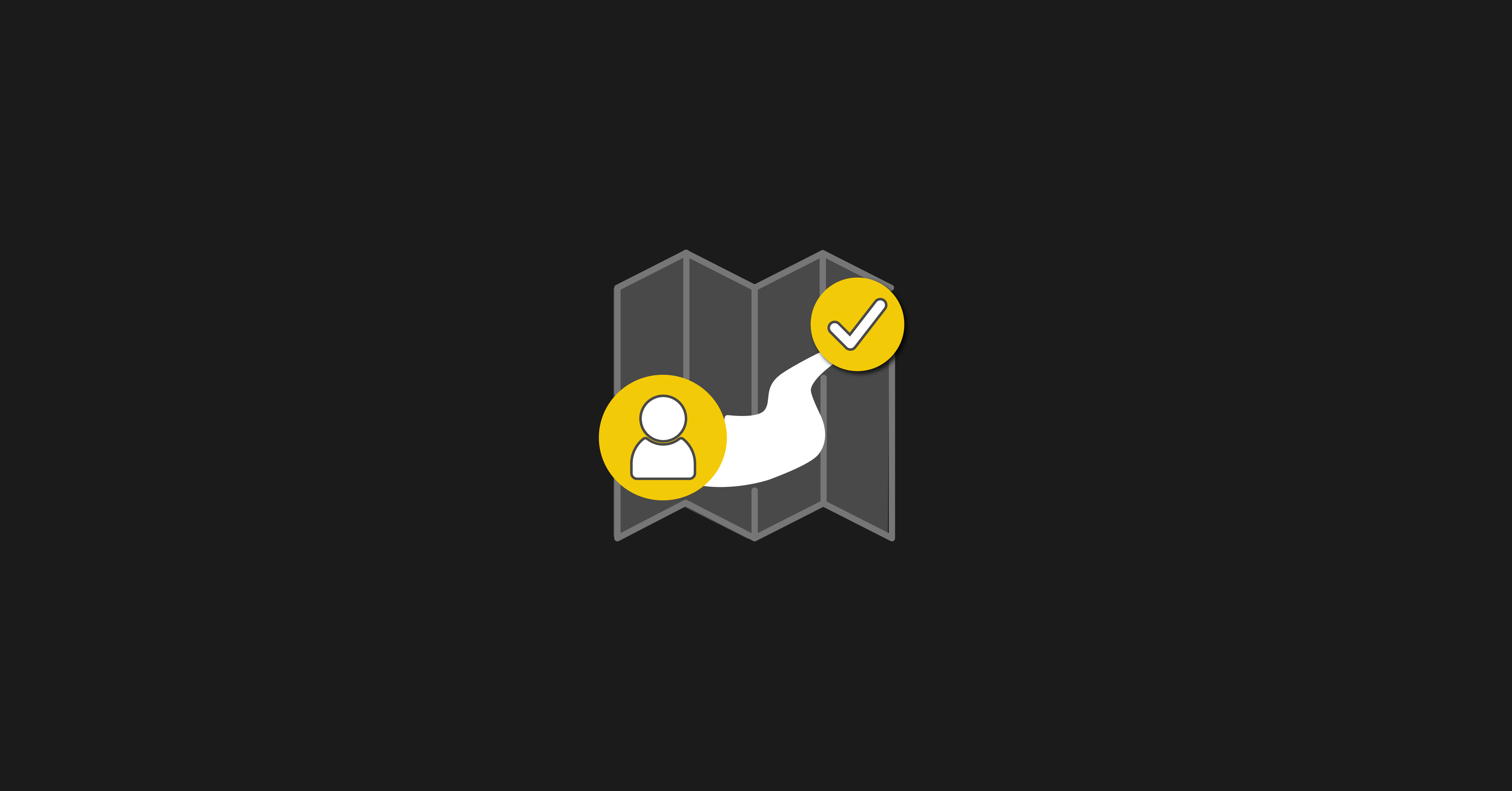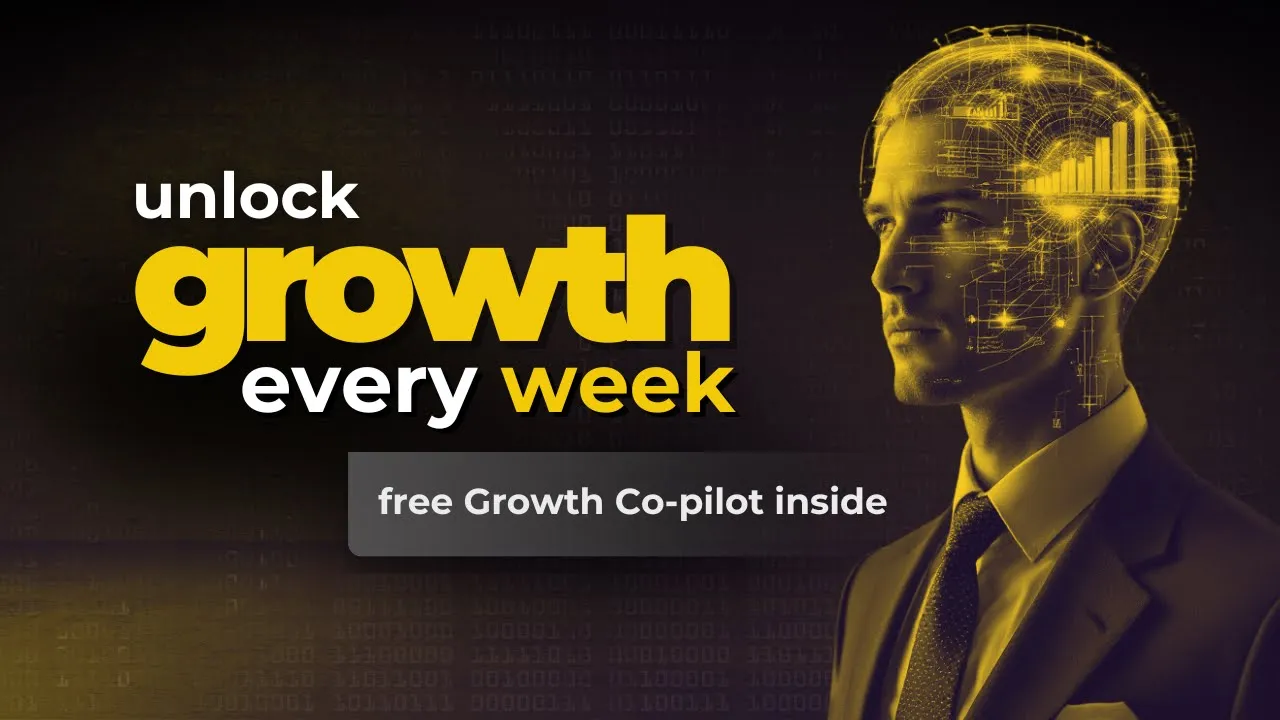.png)
Building products that people want to buy, use, and engage with requires a deep understanding about people and how they think. The more you understand how people think, the better products you can create. We explain how behavioral economics can help.
Biases are subjective perceptions that form a person’s worldview or way of looking at things.
Heuristics are mental shortcuts or approximations based on previous experiences that people apply to problem-solving.
So, how do biases and heuristics inform our choices and judgments under uncertainty?
In this post, I dive into some key concepts in behavioral economics and how it ties with some fascinating real-life product building stories.
https://player.vimeo.com/video/441383574
What is behavioral economics?
Behavioral economics is the study of psychology as it relates to the decision-making processes. By exploring the effects of psychological, emotional, cultural, cognitive, and social factors, you can better understand how each of these factors influence an individual’s (or an institution’s) decisions.
Let me share a personal story of mine that illustrates behavioral economics at work. Back at the start of quarantine, I cooked most meals at home. I decided it was time for a change. I wanted to switch my diet for healthier alternatives, so I cut sugar from my diet. Rational economic theory suggests that I have plenty of healthy options to choose from, and none of those things contained any sugar.
However, I spotted an irresistible ad promoting 50% off my favorite ice cream. I couldn’t resist the temptation and… a pint of Ben and Jerry’s ice cream later, I felt happy. Clearly, this was an irrational decision since it went against my healthy eating goal, but it is a perfect example of behavioral economics at work.
Humans are full of heuristics and flaws
As humans, we are full of heuristics and flaws. Our brains prefer to take shortcuts when evaluating information and making decisions. This means we often jump to conclusions and make important decisions based on limited information.
So, what does all of this have to do with product management?
Well, our job as product managers is to deal with people. Therefore, it would help us greatly to learn to identify certain heuristics and flaws in not only ourselves, but our team and our customers.

As humans, we need to learn to take control of our own decisions. Yes, we have heuristics and flaws just like anyone else, but we will obtain better control of our decision-making process by learning to recognize these things.
We also work with teams on a regular basis. As product managers, we communicate and work with our teams to plan, prioritize, and execute projects. Finally, we work with customers. We build products for customers, and we want to make sure that our products deliver a good experience.
Learn to recognize heuristics and flaws in yourself
How can you get better at recognizing heuristics and flaws in yourself?
The best way to teach you how to do this is by sharing one of my stories. The story began when we were launching a new feature for Coalition. The entire team was buzzing with excitement, and when the feature finally launched, we eagerly tracked customer feedback.
Whenever a customer had an issue, it was solved right away. Despite this, our numbers did not rise. We would come to learn that the reason why numbers were not rising was that there were issues with the user interface (UI). Since we didn’t receive any reports about the UI from our users, we were unaware of the situation. We deemed the issues that we were made aware of to be important, which is called the availability heuristic.

The availability heuristic is when we judge the frequency and importance of something by the ease with which it can be corrected. This can often happen when creating to-do lists. You may list the tasks according to urgency and mistakenly assume that just because something is urgent, that must mean it is more important than the other recorded tasks. This way of thinking is a bias that can cause you to prioritize the wrong things.
It’s the same issue when we focus on things that are top-of-mind for us, our team, or product users. Things that are top-of-mind are not always the most important things that we should focus on.
Learn to recognize heuristics and flaws in your team
Behavioral economics can impact how we work with our team. We recently worked on a new UI overhaul for our product. We spent a lot of time planning it and we estimated that it would take around six weeks to complete. However, as we got stuck into the project, we quickly realized that we would need more time to work on it… three months more. Then, three months doubled, and a six-week project became a six-month project. So, what happened?
As product managers, we might be tempted to blame other teams such as the engineering team. We might blame it on their apparent inability to estimate things accordingly. However, that’s just not the case. What really happened from a behavioral economic standpoint is something called planning fallacy.

Planning fallacy is when teams (or executives) forecast the outcomes of risky projects. Instead of estimating the outcomes rationally, you make decisions based on delusional optimism. In reality, you should be making decisions based on the weighing of gains, losses, and probabilities.
A planning fallacy occurs for two reasons:
1. Optimism bias is at work – this is when you consider the project’s best-case scenarios and plan based on that.
2. You neglect to consider past experiences – you assume that since the process has improved since then, it should move much faster.
Learn to recognize heuristics and flaws in your customers
As product managers, the most important people we deal with are customers. The brain has two systems:

System one is based on speed and relies on innate skills. This is where your involuntary or intuitive actions and decisions originate. You don’t need to think much (if at all) about the decisions made by the first system because they are effortless.
System two is the analytical part of the brain. This is the thinking part of our brain and it requires more effort than system one. You use this side of the brain when concentrating and crafting constructive thoughts.
As humans, we prefer system one because it requires less effort. Using the analytical side of the brain can cause cognitive strain, which can be exhausting. Cognitive ease is vital for us as product managers building products for our customers.
If your product can create cognitive ease for your customers, it results in many good things. So, how can you create cognitive ease?
The diagram below shows what creates cognitive ease and the results of experiencing cognitive ease:

Four main things can help our products create cognitive ease. The first is a repeated experience. If the experience is repeatable, the user doesn’t have to put much thought or effort into it, which creates cognitive ease. The second is making sure your product has a clear display, making it easy for users to understand what they need to do and how to do it.
The third is priming. If a user is primed for an idea, they can expect or relate to something, which eases stress and creates cognitive ease. Finally, if your product can make people feel good and put them in a good mood, that can go a long way towards creating cognitive ease.
When you effectively create cognitive ease, it results in a list of benefits. The product feels familiar to the user. It feels true and good. Perhaps most importantly, it feels effortless, which means users don’t have to strain themselves trying to work it out. Having a product that creates cognitive ease drives engagement and makes it more likely that customers will continue using the product.
As a product manager who wants to use behavioral economics to help build better products, you must always ask yourself how your product can put the user in a state of cognitive ease. You must design and build for cognitive ease.























